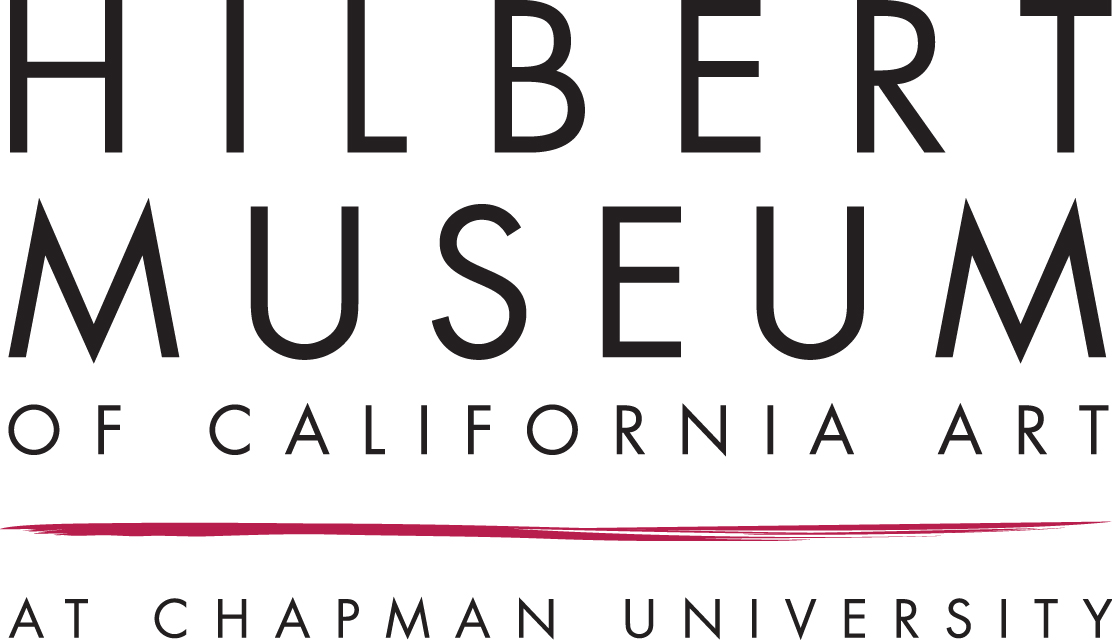Phil Dike
1906 - 1990
In the early 1930s, he continued teaching and painting and took further studies in Paris. His watercolors were being exhibited in museum shows throughout America and he was receiving wide acclaim and numerous awards. By 1935, he was also working at the Walt Disney Studios where he taught art and color theory while working on animated films. Among the many classic films he worked on were Snow White and the Seven Dwarfs, Fantasia and The Three Caballeros. In 1938, Dike served as president of the California Water Color Society.
After World War II, Dike left Disney and went back into teaching and painting full time. He and Rex Brandt formed the highly successful Brandt-Dike Summer School of Painting and during regular school months, he taught at the Chouinard Art Institute. It was at this time that Dikes watercolors became more modern looking. He began using calligraphy in very creative ways and incorporating geometric abstractionist ideas into his work.
Through the 1950s and 1960s, he was a Professor of Art at Scripps College and Claremont Graduate School. He was an inspiration to many well-known artists who came out of these schools, and was honored with the title of Professor Emeritus when he retired. In addition to living in Claremont and painting at Balboa Bay, Dike also built a second home in Cambria on the central California coast. Harbors, driftwood, figures on the beach and dramatic rock formations all became subjects for his many abstract watercolors of this era. Dike is remembered as a thoughtful, caring teacher and is one of the main innovators in the development of the watercolor painting movement in California.
Biographical information:
Interview with Phil Dike, 1983.
Biography courtesy of California Watercolors 1850-1970,
©2003 Hillcrest Press, Inc.
Courtesy of CaliforniaWatercolor.com
Person TypeIndividual














